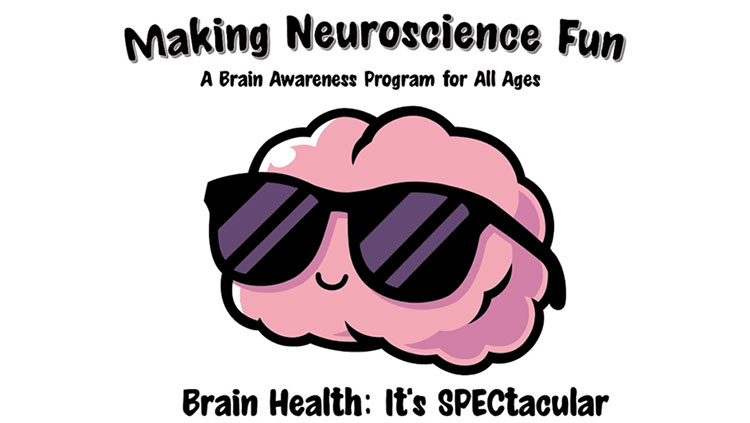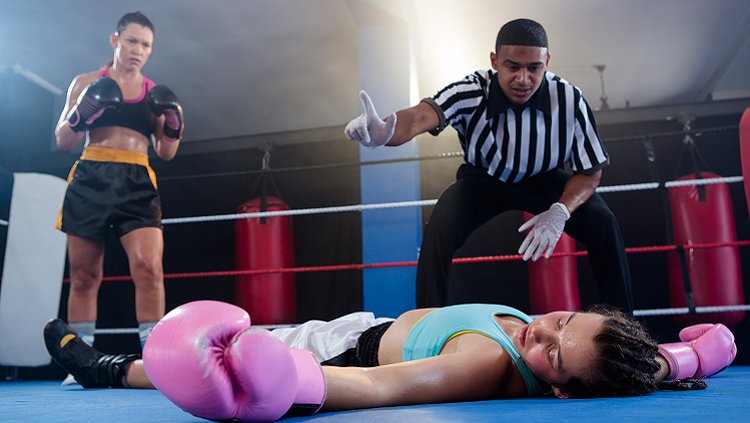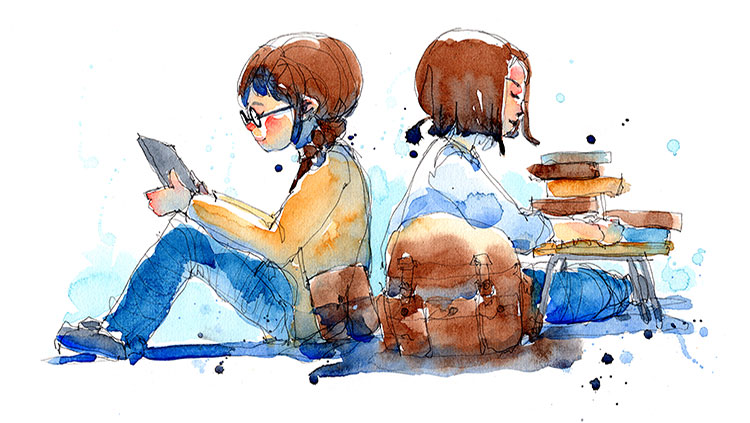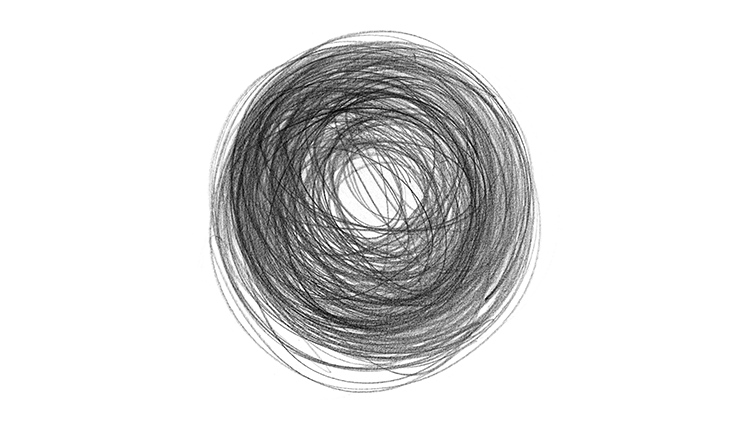Introducing Preschoolers to Science: What Works and What Doesn't
- Published3 Sep 2019
- Reviewed3 Sep 2019
- Source Association of Science-Technology Centers (ASTC)
Hear educators discuss ideas for introducing science to preschoolers and the benefits this has on their learning and growth in this webinar recording.
Access Introducing Preschoolers to Science: What Works and What Doesn't from ASTC.
CONTENT PROVIDED BY
Association of Science-Technology Centers (ASTC)
Also In Teaching Techniques
Trending
Popular articles on BrainFacts.org












